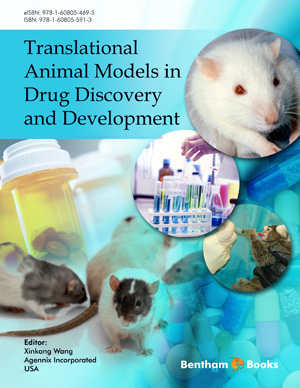Abstract
Animal models of asthma play a central role in mechanistic studies into the pathophysiology of asthma. However, asthma is a uniquely human disease that remains poorly understood, and which has so far resisted attempts to reproduce all its complexities faithfully in an animal. Nevertheless, the key asthma phenotypic features of airway hyperresponsiveness and inflammation have been recapitulated in a number of animal species, most commonly through immune sensitization and challenge with a foreign protein in order to produce an allergic inflammatory reaction in the lungs. The mouse has become the most commonly used species to model asthma in this fashion because of its obvious advantages related to cost, gestation period, and the wide range of biological manipulations it can be subjected to. Until recently, the small size of the mouse made assessing its lung physiology a challenge, but modern imaging methodologies coupled with the forced oscillation technique for measuring lung mechanical function now make it possible to phenotype mice in detail. This has significantly advanced our understanding of the immunological, genetic and physiological mechanisms of asthma pathogenesis, particularly as they relate to airways hyperresponsiveness.
Keywords: Airways hyperresponsiveness, airway smooth muscle, allergic inflammation, forced oscillation technique, immunology, impedance, inflammatory cells lung function, mouse model, unrestrained plethysmography.






















